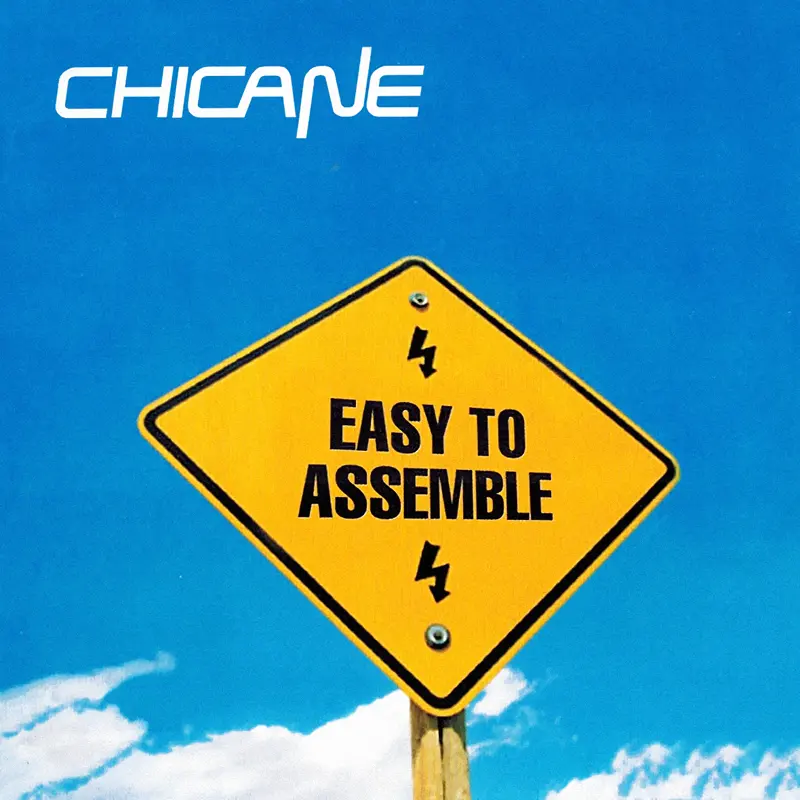Chicane — Easy to assemble. Story behind his third unreleased album

This is an extraordinary album. In large part because it remained an unreleased third studio album and also because it is 95% stylistically homogenous.
The success of No ordinary morning, Saltwater and Don’t give up, especially the latter, which went to the top of the British charts replacing Madonna (interviewers love this fact), and the entire Behind the Sun album inspired confidence and changed the tracklist of the next record in favour of guest singers. The Xtravaganza label, which raised Nick didn’t like it so much. Yes, in the 90s their views were the same: they released fashionable dance
In defending his interest, Nick became involved in a long-running legal battle with


